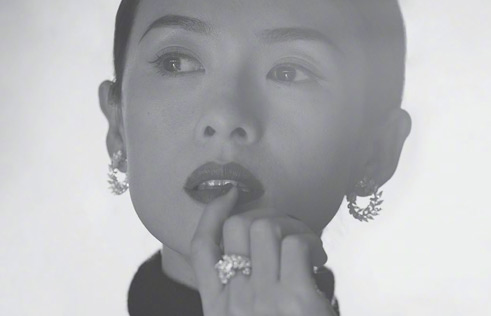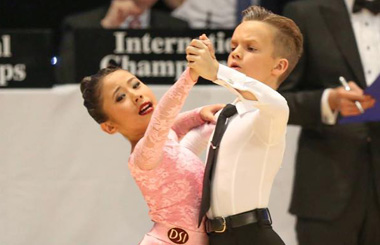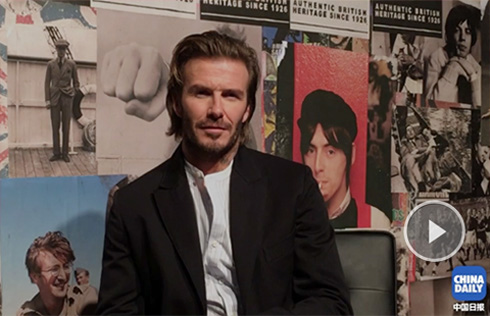Evolution of Gaokao opens up China's education
This year is the 40th since the resumption of Gaokao, China's college entrance exam. For those who took it back then, in a way, Gaokao holds a special place in their hearts.
"The exam was like a prelude to China's reform and opening-up," said Lu Mai, secretary general of China Development Research Foundation at a seminar commemorating 40 years of Gaokao on June 17. He took his Gaokao in 1977, the year the exam resumed after the disruption of the "cultural revolution" (1966-76).
Ning Bin, president of Beijing Jiaotong University, who took the exam the same year, agrees. "Just as the policy was good for China's development, the resumption of Gaokao changed numerous people's lives, regardless their social status," he said.
In 1977, the exam was taken by around 5.7 million people, including high school graduates, farmers and factory workers.
Since then, with the education system normalized, Gaokao has evolved, and opened up China's education in a number of ways.
In 2003, independent enrollment was added to the Gaokao system for colleges to enroll students of their choice, with extra tests on students' thinking and personalities, which further opened up the content of the exams.
Students usually have to go through two stages of exams, including a written exam and an interview. If they pass, in most cases the target colleges lower the minimum Gaokao score for them to be admitted.
Chen Weiwei, a high school graduate from east China's Zhejiang province, is one of those to undergo independent college enrollment after the exam.
"It relies more on knowledge you gain outside of the classroom, so it's a bit challenging," he admitted, after sharing his thoughts on the different versions of Journey to the West, a Chinese classic, in the interview at Peking University.
In 2017, up to 90 colleges had qualified for independent enrollment, up from 23 in 2003.
"Independent enrollment is a good complement to the traditional exams," said Tu Muyue, a student at Beijing Normal University, who passed the independent enrollment in 2015. "Students with better integrated competence have a better chance of being admitted to better schools."
This year also saw the changes first proposed in September 2014 in a national plan to overhaul Gaokao, as students who started senior high school in 2014 sat their exams this year.
A major change was in the exam itself. In Shanghai, for example, exams in sciences and liberal arts are no longer rigidly divided into two mutually exclusive sets.
"Students have more choice of major now as there are fewer limitations," Zhou Aoying, vice president of East China Normal University said.
However, despite progress, the Gaokao system still has a long way to go.
"We are facing a bigger task of raising the exam to another level," Ning Bin noted. "In 1977 we were just getting things back on track, which was relatively easier. Accommodating more innovative talent is a key factor for us to consider."
Chen Quansheng, adviser at the State Council has suggested changes to the system.
"Innovations are new concepts that require a more open environment for students to think," he said.
He was referring to the exam's overemphasis on grades as well as rigid content, criticized by many as restrictive, resulting in the 2014 changes.
Others call for a larger range of colleges for Gaokao examinees to consider, as college education should go in line with a more open entrance exam.
"We should have more categories of colleges, and let them accept their particular sets of students," said Li Daxi, president of Columbia International University in the United States.
"It's important for the students to have more choices," he added.






















